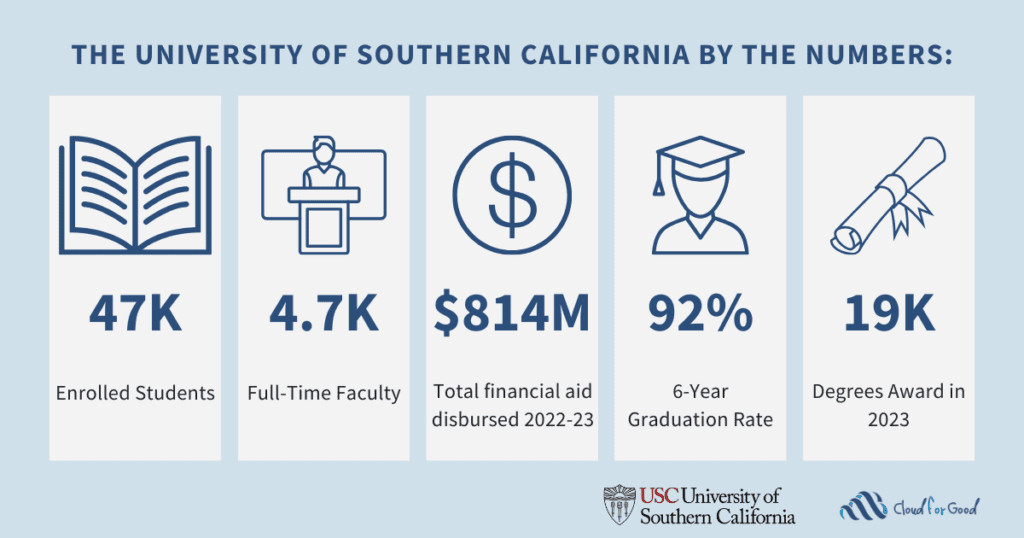Two years ago, “AI literacy” was a niche C-suite term. Today, how executives use AI is evolving, as they discover AI is an essential thinking partner. The most effective among them are using it daily.
They’re using it to set strategy, and as a cognitive sparring partner to challenge biases, preempt unseen risks, and do competitive analysis. This hands-on, top-down adoption is the ultimate test of an organization’s ability to evolve in the artificial intelligence (AI) era. As Boston Consulting Group (BCG) notes, “The CEO is perhaps the most pivotal figure in a company’s adoption of AI.”
Embracing AI at the top delivers a powerful one-two punch: It sharpens your strategic decision-making while acting as the single most effective catalyst for driving AI adoption and innovation throughout your company. Here’s how you can lead the charge – and the change – in your own company.
From delegating to doing: How executives use AI
Executives at the vanguard of AI adoption are using the technology for high-stakes market analysis, to stress-test business ideas before launch, and to anticipate challenges before they arise.
The proof is in their daily routines. On LinkedIn, Box co-founder and CEO Aaron Levie shared how he’s using AI to research market trends, analyze competitors, and generate product prototypes.
“AI has been increasingly changing my daily work as CEO,” he wrote. “Initially in small amounts, but much more significantly in the past few months as AI models have gotten far better and as we have emerging agent use cases.”
Salesforce CEO Marc Benioff offered a similar view on a recent podcast, explaining that he co-writes business plans with other executives and AI.
“I ask [AI] where the market is, where my customers are, where the technology is,” he said. “Then I write the plan with other executives, and ask AI to compare it to what my competitors are doing, to give me a grade and tell me what I should be doing differently, what works and what doesn’t, and evaluate strengths and weaknesses. The AI is adding value [in that] other executives could not know all those things.”
This is the new executive workflow in action: a continuous dialogue with AI to sharpen judgment. Srini Annamaraju, founder of tech consultancy Stack Digital, calls it conducting “pre-mortems,” a risk management exercise where a team assumes a project has already failed, and works backward to identify potential causes.

He uses tools like OpenAI’s ChatGPT and X’s Grok to test decisions before they go live. For instance, he might ask AI to predict data integration problems between a client’s legacy and new systems.
“My thought process as a leader has changed because now I have the ability to interact with very sophisticated models,” said Annamaraju. “I’m seeing angles I never saw before.”
What leaders gain from using AI themselves
These examples point to a broader truth: Executives who personally adopt AI are accelerating their strategic edge. AI helps them:
- Shorten the time between inquiry and insight. Leaders can vet ideas, analyze markets, and get unbiased feedback in minutes, not weeks. This allows for more iterations, better strategies, and a stronger first-mover advantage.
- Reduce risk in high-stakes decisions. Running pre-mortems and simulating scenarios helps executives identify flaws and hidden obstacles before they invest resources.
- Uncover the unknowns. AI’s ability to synthesize vast, disparate datasets reveals patterns and opportunities that are nearly impossible for humans to identify. This helps leaders transcend their own biases and blind spots.
As one CEO noted on Levie’s LinkedIn post, using AI is like adding “10 times the bandwidth” to the C-suite.
The ripple effect: Permission and trust
When executives embrace AI for critical work, it sends a powerful message throughout their organization.
- It gives employees permission. Nearly half of workers say they feel uncomfortable telling their managers they use AI, fearing they’ll be seen as lazy or cutting corners. When a CEO uses AI to help devise a business plan, the message is clear: AI is a key part of the company’s culture, and it’s okay to use it.
- It models how AI can and should be used. For example, Annamaraju’s sales team uses AI to role-play client objections, inspired by his own strategic modeling. Seeing leaders use AI for deep analysis encourages employees to apply it to their own complex work.
- It builds trust and accelerates adoption. When employees see that key company decisions are shaped with input from AI, it validates the technology. This trust is essential to the kind of broad upskilling that BCG calls “a top-to-bottom transformation of the way an organization works.”
Why data readiness is now a top leadership concern
If AI is a high-stakes thinking partner, leaders must make sure it’s thinking with clean, complete, and transparent data. In other words, your company needs a highly capable data platform that unifies vast amounts of information.
This is where Salesforce’s harmonized data becomes crucial:
- Data Cloud unifies all company data — from structured CRM records to unstructured sources like email and social media — to feed AI agents the comprehensive, real-time information they need to provide trusted insights. Since 90% of organizational data is unstructured, the ability to harness it is a major competitive advantage.
- Metadata supplies essential context. It verifies an AI model’s data origin, its sources, purpose, profiles, permissions, and more.
- Zero-copy integration lets you access data from different databases at the same time without having to move, copy, or reformat anything. This makes it faster and easier for AI to access the data, and cuts the expense and risk of errors that happen when data has to be moved or changed.
- Retrieval augmented generation makes large language models (LLMs) more trustworthy by fetching the most relevant information from your company’s data.
Demonstrate, don’t delegate: How to lead with AI
LinkedIn profiles of C-suiters who list AI literacy as a key skill have nearly tripled over the last two years. No wonder. As McKinsey notes, the confluence of data and advanced AI is creating a “new inflection point in strategy design” for executives.
Here are three ways you can lead the charge:
1. Practice what you preach
Make AI a daily habit. Use it to critique your opening remarks for a companywide meeting. Ask it to deeply analyze your competitors’ websites and compare their positioning to your own. Like learning a new language, immersion in AI is the key to fluency.
2. Create a mandate
Modeling is powerful, but it’s even stronger with a mandate. Encourage AI experimentation at all levels. Salesforce, for example, holds Agentforce Learning Days so employees can skill up on Agentforce, the Salesforce platform for building and deploying AI agents. Think about how your company can promote learning, and transform AI from a secret tool to a skill employees are happy to develop.
3. Audit your data
You can’t lead with AI if the data behind it is fragmented or untrustworthy. Is your data ready for AI? Do you have a unified view of your customers? Is your metadata robust enough to make sure insights are explainable and actions are auditable? Your involvement is the critical link between AI being just another business tool and an indispensable asset.
The future of leadership lies in how executives use AI
For years, executives could treat technology as a line item to delegate, but AI isn’t just another tool. It’s like a second, tireless brain for everyone in the business. The ultimate competitive advantage may be the quality of the dialogue between your team and your technology.
This defines your new charter. It begins with being curious and using AI to sharpen your judgment. It scales by transforming your personal practice into a companywide culture of experimentation. And it lasts when it’s built on a foundation of clean, unified, and trusted data, making your AI strategy powerful, responsible,and transparent.
This AI journey is more than a technological transformation. It’s a leadership crucible that will shape a generation of smarter, faster, and more resilient organizations. The change starts with you.
How to lead in the age of AI agents
A human-AI workforce doesn’t eliminate the need for strong leadership — it transforms it. Here’s how to build a powerful partnership on your blended team.










